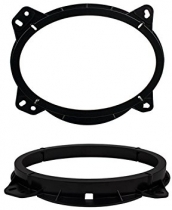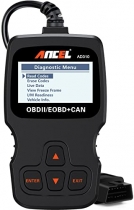-
Welcome to Tacoma World!
You are currently viewing as a guest! To get full-access, you need to register for a FREE account.
As a registered member, you’ll be able to:- Participate in all Tacoma discussion topics
- Communicate privately with other Tacoma owners from around the world
- Post your own photos in our Members Gallery
- Access all special features of the site
Knock Sensor/ Knock Sensor Wiring Harness writeup
Discussion in '2nd Gen. Tacomas (2005-2015)' started by GiggityBurns, Oct 30, 2021.


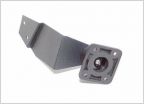 I can't find it!!!!
I can't find it!!!! Clear Protective Stickers
Clear Protective Stickers 2nd Gen LCA Bushings - Recommendations?
2nd Gen LCA Bushings - Recommendations?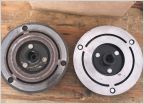 AC clutch install SUCCESS!
AC clutch install SUCCESS!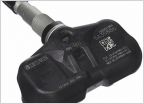 Tire Pressure Sensors
Tire Pressure Sensors






























